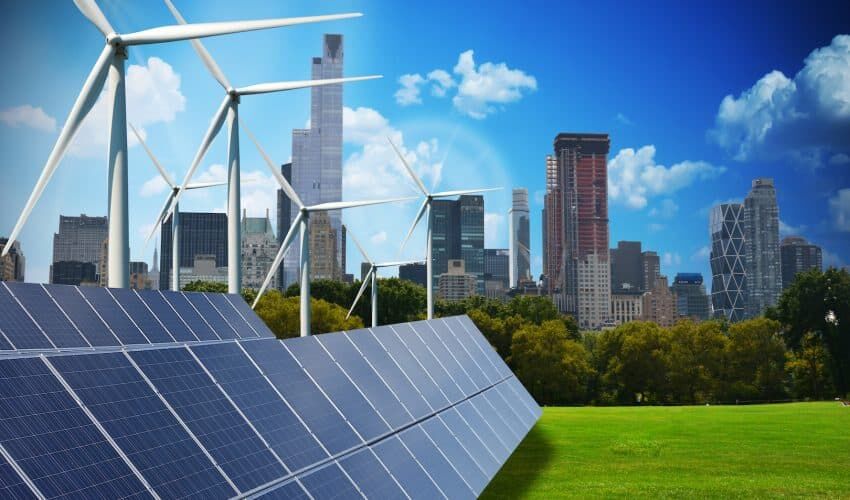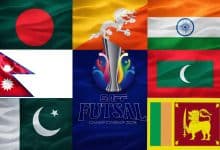Southeast Asia lags in green investments

Southeast Asia is significantly lagging in green investments aimed at reducing emissions, according to a report by Bain & Company, a global consultancy.
The region’s energy consumption is projected to increase by 40% within this decade, leading to a continued rise in carbon dioxide emissions due to its heavy reliance on fossil fuels.
The report, produced in collaboration with green investment firm GenZero, Standard Chartered Bank, and Temasek, revealed a 20% growth in green investment last year. However, this falls significantly short of the US$1.5 trillion needed this decade. If the current trend continues, the region’s emissions could exceed their 2030 commitments by 32%.
GenZero Managing Director Kimberly Tan emphasised the urgent need for increased efforts from countries, corporations, and investors. Currently, clean energy constitutes a mere 10% of total energy supplies, while fossil fuel subsidies are five times greater than investments in renewable energy. Challenges such as high capital costs, as well as uncertain grid and tariff regulations, have further complicated the financing of renewable projects.
The report also highlighted that 60% of the region’s coal-fired power plants are relatively new, with long-term purchasing agreements and investment return commitments making them harder to shut down. International Energy Agency Chief Economist Tim Gould noted that over US$1 trillion of unrecovered capital resides in these young coal plants, mostly in Asia. This leaves little room for renewable growth, necessitating innovative financing approaches.
Only four countries within the region (Indonesia, Malaysia, Singapore, and Vietnam) have made headway in pricing carbon emissions. The report emphasised the need for more policies, incentives, regional cooperation, and a focus on currently deployable technologies.
Despite these challenges, the report noted that Southeast Asia benefits from being early in its decarbonisation journey, with many opportunities for emission reductions. The report identified 13 investable ideas with potential revenues of US$150 billion by 2030. These include sustainable agriculture and large-scale renewable energy plants.
However, Southeast Asia is currently the second-worst-performing region in terms of renewable investment, trailing behind Sub-Saharan Africa.
According to a report by Singapore’s Economic Development Board and McKinsey consultancy, annual solar installations need to increase from 5 gigawatts to 35 GW between 2030 and 2050 to meet regional net-zero pledges.
McKinsey senior partner, Vishal Agarwal, pointed out that despite plentiful resources, the unlock for renewable investment has not yet occurred, reported Bangkok Post.
Latest Thailand News
Follow The Thaiger on Google News:


























